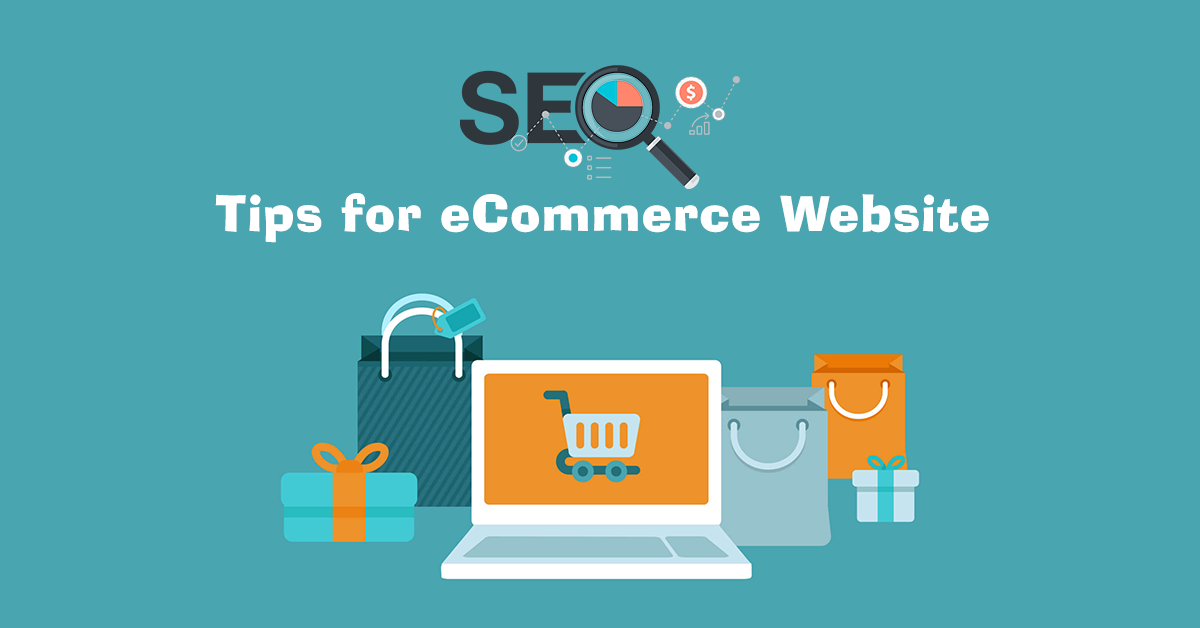9 Effective SEO Tips for Ecommerce Websites
Category: Marketing | Posted date: 2019-09-02 05:21:48 | Updated date: 2019-10-29 08:38:08 | Posted by:

If you are an online seller, your website must be easily found by your consumers or potential customers. What it means is you have to appear in the first position of Google’s search engine result pages(SERPs). What’s the point of having the best product and website if you cannot reach your audience.
This is where search engine optimization(SEO) is implemented. This is where you search engine optimization(SEO). It will help you appear in SERPs and make your website visible to your target audiences. The more target you get, the more chances of you to make
In this article, we listed down 9 tips that will help you optimize your ecommerce website for SEO and will surely help you boost your sales.
1. Set up efficient keywords
The key in making your website appear in the first position in SERPs is finding the best and correct keywords. Take some time to do some in-depth keyword research to choose the ones that suit your business. Long-tail keywords can really help you rank high on particular niches where your competitors are not already. Those keywords can really attract the type of traffic you are targeting and will increase your conversion rate. Think in terms of user queries. When people are looking for something, they tend to be specific and type conversational queries. You would have to think of your keywords in terms of user's search intents.
2. Use strategic keywords in anchor text
Making use of anchor text to boost your SEO is one good solution. Your ecommerce website is surely full of links pointing to your pages and you have to optimize those anchor to maximize their potential. You have to make them look more natural with anchors like “here”, but you may also use keywords you want to rank for. Make sure that you don’t use the same keywords for all your anchor texts to avoid being penalized by Google. Adding important keyword links in your product description can also lead your visitors to similar products pages you want to push.
3. Avoid duplicate content
When it comes to ecommerce website, duplicate content can seriously be an enemy. E-commerce websites usually encounter this kind of issue because they deal with a lot of product descriptions. And these product descriptions are usually provided by a seller - seller who can distribute those products to different websites. It appears that ecommerce websites display product descriptions that appear on various websites. Filter and category options may also lead to duplicate content issues because those filters produce different URLs with the similar content.
4. Write compelling product descriptions
Just like compelling headlines, catchy product descriptions have a great influence on your conversion rate. Which is why you should prevent using manufacturer’s product descriptions. Keep your product descriptions unique and appealing with related keywords to make them more Google friendly.
5. Optimize your product images
E-commerce stores depends on images. They are a sale’s triggering factor. You images should be in high quality, attractive and distinctive. However, having great images alone is not enough if you want bots to find them. Images have great SEO potential because Google Image's search results could drive a lot of traffic to your website.
Make sure you all of your images have an ALT tag, a description where you can add valuable and unique keywords.
6. Optimize your URL for search engines crawls
Urls are more important for your SEO than you think they are. Optimized URLs can really help search engines’ bots to find and crawl your website and understand what it is about. Correct URLs structures also ease your website indexation.
On the other hand, efficient URLs can informs your audience on what your page is about and improve their experience. In addition, a good user experience makes your visitors stay on your website longer. It represents additional possibility to convert them into customers.
7. Watch if traffic is converting into sales
Converting visits into sales is as important as increasing your traffic. You have to check if your regular visitors are turning into paid customers. Google Analytics is one tool that can help you analyze your traffic and spot points of improvements. You can determine where your traffic comes from, the device that they use, the personas to convert, conversions generated through SEO.
8. Improve usability
Make your website navigation easy. The worst mistake you can make would be to not offer a clear navigation path. Always remember to link to your product pages from your home page and to provide related landing pages. This will also help bots to crawl or find your website.
9. Avoid broken links
You want to provide the best experience possible to your visitors. Clicking on a particular page and landing on a “Page 404 Not Found” is definitely not the result you were expecting. That is why having broken links is a terrible idea. You should then run regular crawls to know whether you have 404 issues. Having many 404 issues can be a disaster for your ecommerce.
